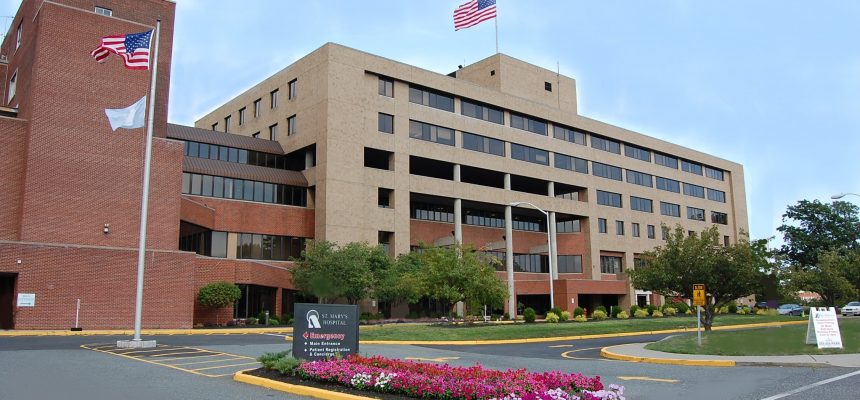Tribal Communities Lacking Quality Care Seek Improvements
By Consumers For Quality Care , on October 30, 2019

In 2016, Robyn Black Lance brought her 6-month-old son, James Ladeaux, to Sioux San Indian Health Service Hospital in South Dakota with what she suspected was his second upper respiratory infection in a month. Doctors at the hospital, however, assured Black Lance that it was only a cold and sent them home, The New York Times reports.
Just 12 hours later, she rushed James back to the hospital as he was struggling to breathe. The hospital told Black Lance that they did not have the capacity to treat her son and transferred him to a private hospital in Rapid City. There, doctors diagnosed James with a life-threatening bout of respiratory syncytial virus.
“They told me if I hadn’t brought him back in, he would have died,” Ms. Black Lance said, choking back tears.
Issues like this are pervasive at Sioux San. Five government investigations found evidence that Sioux San patients are misdiagnosed, treated by staff who have not been properly health screened, and have died due to inadequate care. The hospital is one of 24 run by the Indian Health Service, which falls under the Department of Health and Human Services.
The hospital’s issues are so bad that in 2017, its emergency room and inpatient unit were shut down. The problems at the hospital are emblematic of others in the Indian Health Service, which serves 2.2 million American Indians across the country, as well as Alaska Natives.
Analyses show the grim reality of the care provided by the Indian Health Service. According to The New York Times, the vacancy rate for Indian Health Service doctors, dentists, and nurses is as high as 50 percent in some areas. The death rates for preventable diseases are three to five times higher for Native Americans in states with Indian Health Services hospitals. South Dakota has some of the highest users of Indian Health Service hospitals in the country; the life expectancy for Native Americans in the state is 57, 24 years younger than its white residents.
Federal government spending on health care for Native Americans lags that for almost any other population. In 2016, the federal government spent $8,602 per capita on health care for federal inmates compared with $2,843 per patient within the Indian Health Service.
In 2017, the Indian Health Service spent $3,332 per patient, according to a report by the National Congress of American Indians. By comparison, Medicare spent $12,829 per patient that year and Medicaid spent $7,789 per patient, the report said.
Despite the low levels of care at Indian Health Service facilities, it can be difficult for tribal members to seek care elsewhere. Bills from private hospitals are not necessarily covered. Consumers can petition the Indian Health Service for reimbursement, but it does not have the funding to pay for private care for everyone who needs it. Records show that since 2016, the service has denied bills for more than 500,000 consumers, totaling more than $2 billion in services.
“It is sad to see the impact on patients,” said Dr. Brook Eide, an emergency room doctor at Rapid City Regional Hospital. “The impact emotionally and financially. It’s devastating.”
In July, The Great Plains Tribal Chairmen’s Health Board, a nonprofit organization, which represents 18 tribal communities, took over Sioux San’s operations.
Sioux San is also part of a growing trend in which tribes have declared themselves fed up with the federal government’s management of the health care system and are seizing control of troubled hospitals in the belief that they can do a better job of running them.
The tribal authorities have plans to reopen the closed facilities, recruit more qualified staff, and upgrade equipment. However, they lack much of the funding needed to bring these plans to fruition. In response, the tribal authority is seeking additional federal grants that would increase the amount of funding they receive from Medicaid and Medicare. While the changes are large, they feel like the best option for those who rely on the hospital’s care.
The change marks the sixth Indian Health Services hospital in South Dakota, Nebraska and Arizona to be converted to tribal management in the last decade. Lynn Malerba, chief of the Mohegan Tribe and chairwoman of the Tribal Self Governance Advisory Committee, says that she has seen evidence these kinds of take overs can work.
“I know tribes that do have been very successful at creating a really wonderful health system to the point where they are experiencing better health outcomes,” she said. “Tribal citizens who receive their health care through a tribal program are much happier.”
Jerilyn Church, CEO of the Great Plains Tribal Chairmen’s Health Board, says that the group is looking at ways to make immediate positive changes at Sioux San hospital.
[T]he health board is addressing the hospital’s vacancies, reviewing its bill practices and researching grant opportunities to bring new money for equipment and hiring. Ms. Church said the board was also working to develop a pilot program to buy private insurance for the sickest of patients.



